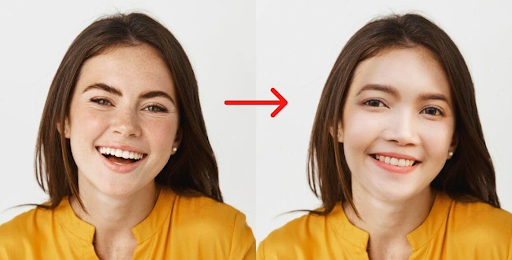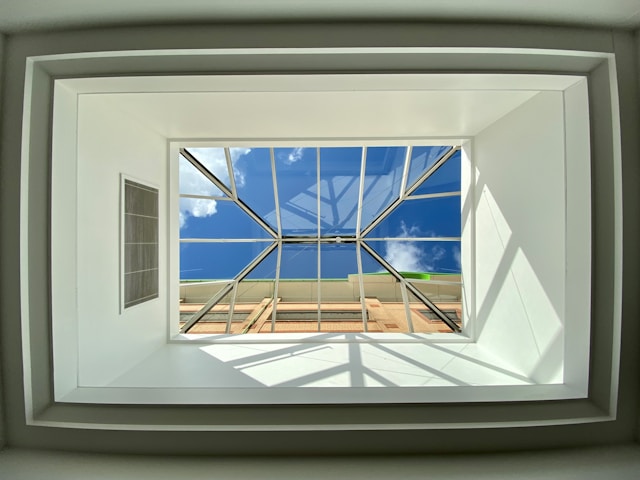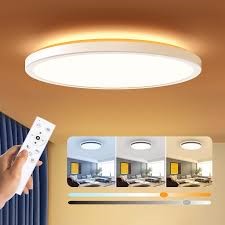As a homeowner, you’ve probably weighed the pros and cons of traditional timber windows versus uPVC ones. There was a time when timber was the gold standard for windows, prized for its classic beauty and durability. But, over the years, something has changed – uPVC has stepped up to the plate, becoming a favourite in homes all over the UK. So, how did a material once thought of as ‘plastic’ become the best alternative to timber?
Let’s take a closer look at why uPVC, especially the timber-look options, have risen to the top and why so many homeowners now prefer them. From their beginnings as a basic building material to today’s high-performance, timber effect sash windows, the journey is pretty impressive!
What is uPVC and Why Did it Emerge as an Alternative to Timber?
First things first, what is uPVC? Unplasticized Polyvinyl Chloride, or uPVC, is a rigid, durable plastic that’s widely used in windows, doors, and plumbing. When it was first introduced, uPVC windows were pretty basic. They were often white, chunky, and lacked the elegance of traditional timber windows. But, they did have one big advantage over wood: they didn’t need the constant care and attention that timber did. Over time, as uPVC became more advanced, it started looking more and more like the timber we know and love, but with far fewer downsides.
The main reasons uPVC gained popularity as an alternative to timber include:
-
Durability: uPVC doesn’t rot, warp, or swell like timber.
-
Low maintenance: No painting, staining, or sanding required!
-
Cost-effectiveness: Timber windows are more expensive, both in initial cost and maintenance.
-
Versatility: uPVC can be made to look just like wood, with all the charm but none of the fuss.
The Struggles of Timber and the Need for an Alternative
As beautiful as timber windows are, they come with some serious downsides that uPVC solves. For starters, they require constant upkeep – a regular coat of paint, the risk of rotting, and those pesky drafty gaps that timber can develop over time. I remember my friend Tim (yes, I know – ironic name for a timber-lover!) having to re-glaze his timber windows every few years because of the rot. It’s a job I’m sure he won’t miss now that he’s switched to uPVC.
Timber also doesn’t stand up well to the elements. In the UK, with our ever-changing weather, wood can expand, contract, or even crack in freezing temperatures, leading to the dreaded drafts in winter. I’ve heard more than one person complain about their timber windows letting in the cold, and that’s not something you want in the middle of a cold snap!
The Evolution of uPVC: From Plastic to Timber-Look Windows
The early days of uPVC were nothing to write home about. If you look back at some of those older uPVC windows, you’ll notice they were far from stylish. Sure, they were practical, but they didn’t have the aesthetic appeal of timber. Over time, however, the technology behind uPVC windows evolved.
One of the key developments was the introduction of woodgrain foils. These are essentially textured finishes that make the uPVC surface look just like natural timber. Imagine the look of real oak, rosewood, or mahogany, but without the maintenance that real wood demands. I remember when my brother-in-law was looking to renovate his home, and he was dead set on having timber windows. After much convincing, he opted for timber effect sash windows. Fast forward a couple of years, and he’s so happy with his decision. No more re-painting, and his home still has that lovely traditional charm!
Another game-changer for uPVC windows was the introduction of mechanical joints instead of welded corners. This little detail made a big difference in the look of the windows, giving them a more authentic, timber-like appearance. The frames became slimmer, too, so you get a much more elegant, traditional feel, with none of the chunky plastic look that people once associated with uPVC.
The Benefits of Timber-Look uPVC Windows
1. Low Maintenance
One of the major selling points of uPVC windows is their low maintenance. Timber windows need a lot of love – a fresh coat of paint every couple of years, regular cleaning to prevent mould, and re-glazing if things go awry. With uPVC, it’s as easy as a quick wipe-down with soapy water. Plus, the material doesn’t fade, rot, or need to be resealed. This means you get all the beauty of timber, with none of the ongoing hassle.
2. Durability
Unlike timber, uPVC is resistant to weathering. Whether it’s heavy rain, harsh winds, or freezing temperatures, uPVC windows won’t warp, crack, or swell. This means you’re going to have windows that stand the test of time, no matter the UK weather throws at them. You won’t have to worry about the annoying draft coming through your windows or needing to replace them too soon.
3. Energy Efficiency
When it comes to keeping your home warm, uPVC windows are hard to beat. The material has excellent insulation properties, meaning it keeps the heat inside during winter and helps block out the summer heat. Timber can also be good at insulation, but it doesn’t always perform as well as uPVC when it comes to energy savings. I’ve seen a noticeable difference in my own energy bills after switching to uPVC windows – they really help keep the house comfortable year-round.
4. Authentic Look with Modern Functionality
The introduction of timber-effect finishes has made uPVC windows a top choice for homeowners who want the authentic look of timber without the drawbacks. With options for natural wood grains, you can achieve that timeless, traditional look while still enjoying the low-maintenance and energy-efficient benefits of uPVC. These windows blend seamlessly into both modern and period homes, making them a versatile option for any property.
How uPVC Became a Favourite in Modern and Period Properties
uPVC windows are no longer just for the modern home – they’ve made their way into period properties as well. Thanks to innovations in design and a variety of finishes, uPVC has become a popular choice for listed buildings, where maintaining the look of traditional timber windows is essential. I’ve worked with several homeowners in conservation areas who wanted to replace their old timber windows but were concerned about maintaining the property’s historic look. uPVC with a timber effect was the perfect solution!
For new builds, too, timber-effect uPVC windows have become a go-to option. The modern designs and sleek finishes offer a classic, yet contemporary, look that blends well with a variety of architectural styles.
The Cost-Effectiveness of uPVC
One of the main reasons people turn to uPVC windows is their affordability. Traditional timber windows are significantly more expensive, both in terms of initial outlay and long-term upkeep. uPVC windows, on the other hand, give you all the aesthetic appeal of timber for a fraction of the price. Not to mention, the cost savings on maintenance will add up over time. I’ve spoken to many homeowners who initially went for timber windows because of their beauty, but later regretted the ongoing costs. Switching to uPVC has helped them save money and enjoy their home more.
How Timber-Look uPVC Windows Contribute to Sustainability
If you’re concerned about the environment, uPVC is a surprisingly eco-friendly option. It’s a recyclable material, which means that at the end of its life, it can be repurposed and used again. Plus, uPVC windows are energy-efficient, helping to lower your carbon footprint by keeping your home warmer in winter and cooler in summer.
Final Thoughts – Why uPVC is the Best Timber Alternative
So, to answer the big question – can uPVC be the best alternative to timber? Absolutely! With timber effect sash windows, you get all the traditional charm without the costly upkeep. uPVC has evolved over the years into a high-performing, versatile, and cost-effective solution for homeowners who want the look of timber but without the hassle. It’s durable, energy-efficient, and easy to maintain, making it a great choice for both new builds and period properties.
If you’re thinking of upgrading your windows, timber-look uPVC windows are definitely worth considering. Whether you’re in the market for replacement windows or you’re simply exploring your options, uPVC offers a winning combination of style, functionality, and affordability.
Ready to make the switch? Explore the range of timber-effect uPVC windows available today and give your home the upgrade it deserves!
For the latest updates and information, keep checking SimpCity.








